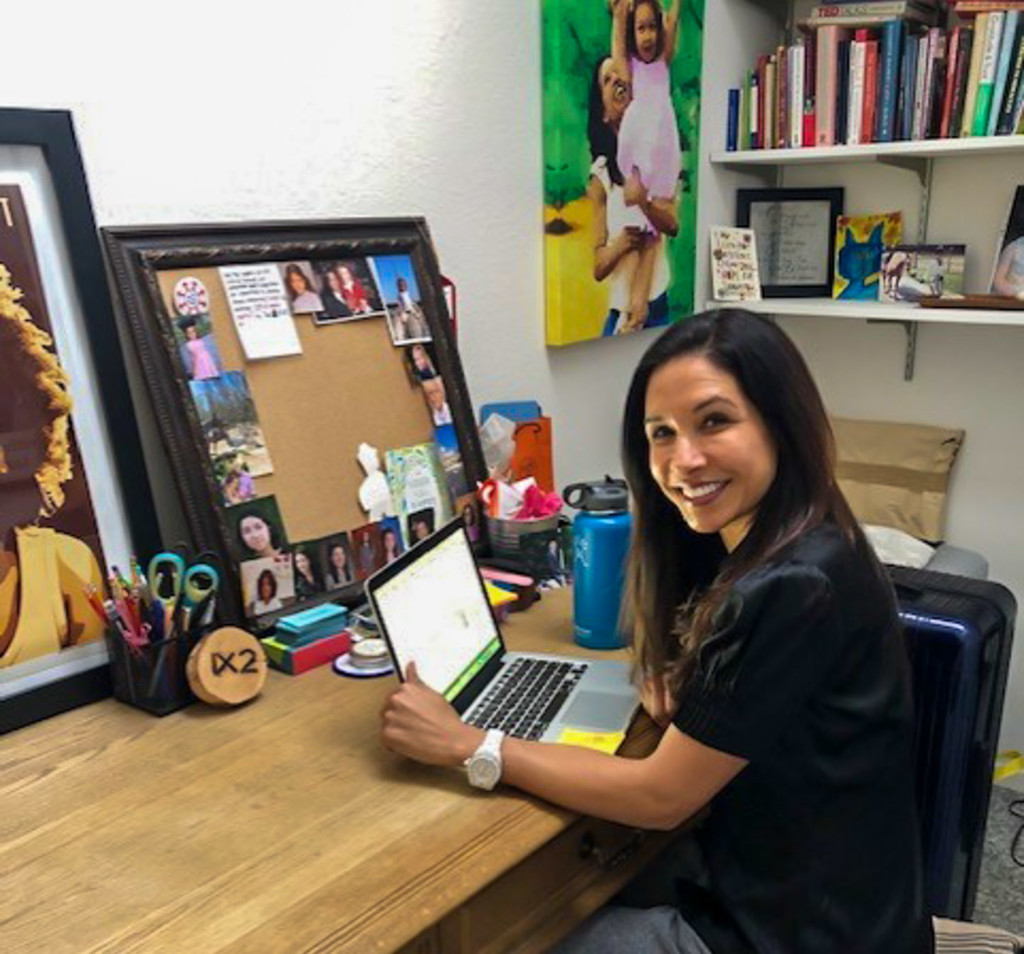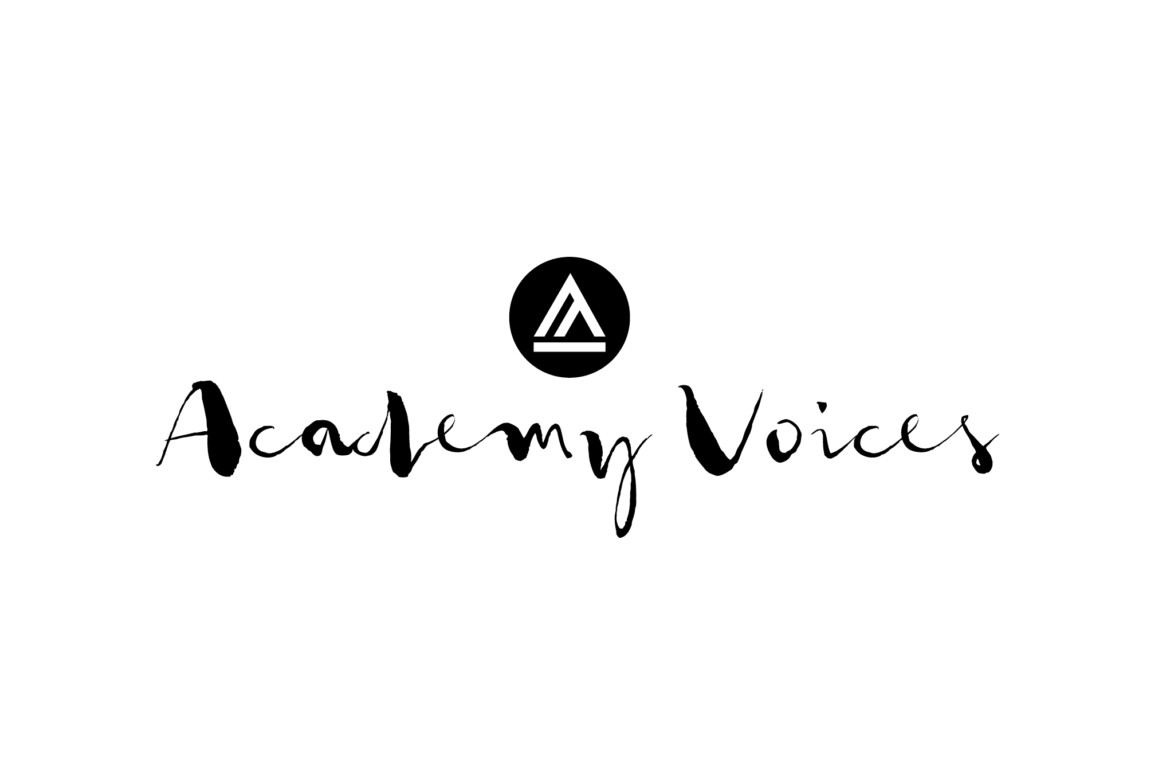By Nina Tabios
Tiffany McElroy is an Academy of Art University instructor teaching Gender, Race, and Class in Media for the School of Communications & Media Technologies.
On-campus, her class is normally very interactive. “We watch a lot of different videos or commercials, advertisements and we discuss them,” McElroy said. Students conduct research, share their observations, and engage not just in their own experiences and communities, but also their classmates’ as well, to aid them as future storytellers.
Thankfully McElroy’s class can still do the same over video chat. These days, the Emmy award-winning television journalist and anchor conducts her class from her home in Marin as everyone follows the shelter in place mandate. Like many others, there was a learning curve but after a month of adjusting it’s been so far, so good.
“It’s really great being in class but at least having the Zoom, it’s like we’re all connected. We can see each other, and we can still have these discussions about what we’re looking at,” she said. “As an instructor, it’s really trying to find what is engaging, not just for me but what I think is really appropriate for everybody, that everyone can find something in [the topic] that catches their interest.”
Art U News spoke with McElroy on how her class has been rolling with the punches and how her role as an instructor and mentor has taken on new meaning in recent times.

How has the transition online affected your on-site course, Gender, Race, and Class in Media?
Initially, it was a little challenging. I have a really interactive class, so I was just thinking of ideas of how to still keep students engaged. It’s trying to figure things out: what works and what doesn’t work. I imagine it is also [challenging] for the classes that use equipment, the production classes. It’s new times. But the one good thing that I love is that I get to see my students’ faces. That’s the icing on the cake [in] all this mess right now.
How did you adapt your class for online?
Whatever we did in class that worked I’m trying to keep that online and see how that works. One of the most consistent ways is through the homework, by having students look up information and sharing that with each other. For example, we were talking about Hispanic culture and the lack of Hispanics in media before going into this. And the homework was to go to your local newspaper and tell me what stories you find. Are they positive? Are they negative? Are they neutral? What was really interesting was that most of the students had gone home, so I was getting perspectives from students’ newspapers all over the country. And it was interesting to see what happens in these different communities. Students were super engaged in listening to each other and couldn’t believe where everybody was.
How are your students adjusting?
I really have to give them credit. It’s a long class, and I try to break it up so that they can stay engaged and I don’t lose anyone’s attention. Another thing we’re doing in class is having everyone do a check-in on where they are at, where they are living, what their situation was, and how they’re being affected by this. And that was really important to be able to share where they’re at. I think they’re worried about grades, some had to pick up and leave and weren’t able to bring all their stuff, some don’t have access to equipment. So, I think doing that was super important even if it might not have been part of the class.
I’ve followed up with students that are having personal issues with this: whether it be their location or they need something. But I’ve learned everyone’s story on how this has affected them and their families. I think getting out of the instructor hat at times and being there for them and [having] compassion for them has been really important. And I feel they trust me enough to share information with me, to tell me about what’s going on and so that feels good. We’re keeping that line of communication open.
How have you been able to separate home and work life?
I have a 16-year-old daughter so we have to be on a schedule, the two of us. And I feel like I’m lucky in this; the fact that she has a schedule makes me much more mindful of my own schedule because I can’t be sitting around watching Netflix, eating ice cream while she’s working hard. So I have to be an example in keeping our home in order and I think that has really helped me. We’re both on a schedule, it’s written out—I get up at this time in the morning, she gets up at a certain time. Everything isn’t super rigid but it’s rigid enough to keep us in a rhythm throughout the day.
And I’m lucky to have her here with me. We’ve also figured out bonding in different ways, we can do things together, watch movies together. And when everything’s done, we can make dinner together. So, it’s definitely slowed us down in a really good way.
What do you take away from this moment in time?
Just trying to accept where we’re at right now. I live in Marin, so I love driving into the city and just having something different—different food, different vibe, all of that. And the beauty of driving over the bridge, I do miss the commute and going into the city and being with my students in person. At the same time, right now has given me a new appreciation for human contact and how much I really enjoy being in-person with others. It’s solidified that for me, showing me what I really do appreciate in my life.
